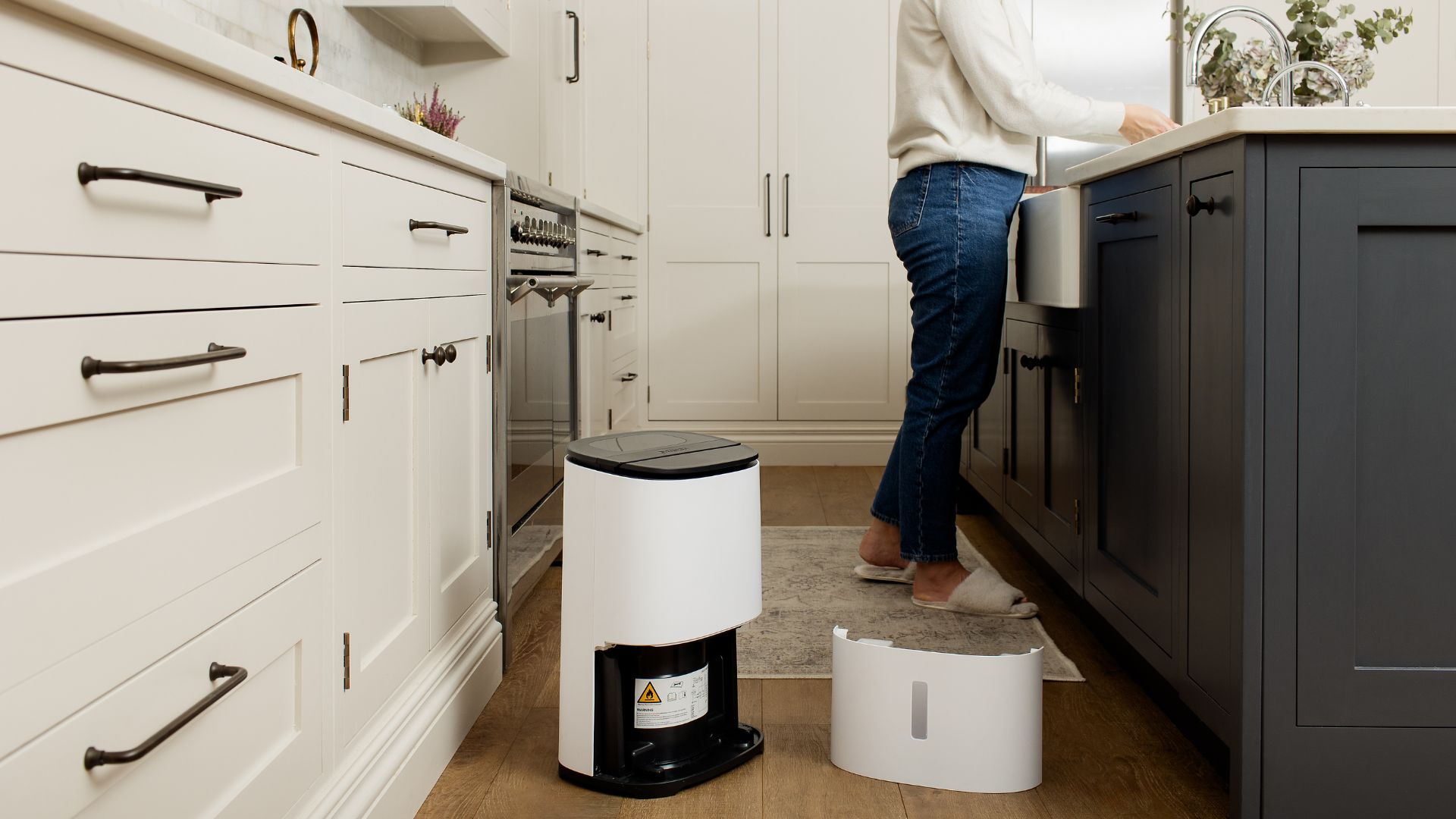
Dehumidifiers are a great home appliance for removing excess moisture from your home, and act as one of the best ways to prevent mold in your home. They’re also capable of reducing condensation and mildew from your home, cleaning the air around you, and drying clothes. But, even buying one of the best dehumidifiers won’t tackle your moisture issues for you if you’re not placing it in the right spot. There’s many ways that your dehumidifier can become obstructed, so keeping any risk of that to a minimum is key. In fact, wrong placement is a really common reason your dehumidifier may not be doing the job you want it to do.
To make sure you’re getting the most out of your dehumidifier and allowing it to reach its full potential, we’ve collated a list of top tips from dehumidifier brand experts. We’ve asked them where you should be placing your unit within your home and why. Here’s what they had to say.
1. Away from walls and furniture

Firstly, you should avoid placing your dehumidifier too close to the walls or furniture as it can affect the units ability to function. The vents can become blocked and the dehumidifier won't be able to suck in or expel the necessary air needed to work properly.
To solve this problem, Chris Michael, Managing Director of Meaco says, “Ensure there is adequate space around the dehumidifier, typically at least 8-12 inches (20-30 cm) away from walls, furniture, and other obstructions to allow for proper air circulation.”
2. In a central location in your home

In order for your dehumidifier to benefit from the best distribution of air flow and to be able to control humidity levels, it’s important to find a central location to provide your dehumidifier with space at all angles. For this, Michael suggests, “Hallways are good places to consider, especially near the bathroom, so that the machine can service the air from multiple rooms.”
Clark Lambert, Senior Buyer for Avalla, adds, “If you’re dehumidifying a large area, having the unit unobstructed in a central location could increase circulation and make the drying process more efficient. Always consider air flow and look for obstructions which may prevent proper circulation.”
3. In areas of high humidity

Unsurprisingly, the best placement for your dehumidifier is where it will be able to do its best work - in the most moisture-prone spots of your home. Signs of high humidity include condensation, damp, mold growth, and cold air.
Marc Duckworth, Product Manager at Product Care Group for Russell Hobbs says, “We recommend putting the dehumidifier as near to the source of the damp as possible for optimum effect, such as a laundry room or outside the bathroom. Do NOT put a dehumidifier in the actual bathroom as this can be a safety hazard. If there isn’t a specific area trying to be tackled, putting a dehumidifier in the hallway can ensure an even reach throughout the house, avoiding damp pockets.”
We spoke with a representative at Pro Breeze who added, “To ensure the unit works as efficiently as possible, we recommend putting the dehumidifier near the most humid spot in the room. For example, if you have a wall with mold, a condensed window or cracking paint, the unit should be set up close to the wall. If you’re using the dehumidifier in your laundry room, set it up near the wet laundry.”
4. Optimizing placement for drying clothes

If you are choosing to use your dehumidifier for drying clothes, it’s also very important that you optimize the unit’s placement to ensure it’s doing the task at hand. For this, you want to place it close enough to your laundry, but not too close that the circulation becomes obstructed.
Lambert says, “Placement is key when drying clothes. If you are using a clothes airer, by facing the exhaust into the side rather than the front of the airer, more air will pass over your clothes increasing efficiency and reducing drying times.”
This is especially helpful in winter when there’s more moisture in your home and far less opportunity to dry your clothes naturally outside. Some dehumidifiers even come with a laundry mode, specifically for drying clothes.
5. Next to closed external doors and windows

Finally, in order to get the most out of your dehumidifier, you need to make sure you’re also not attracting any additional moist air from entering your home. So, keep your external doors and windows shut.
Michael says, “For greater efficiency, close doors and windows in the rooms where the dehumidifier is operating. This prevents external humidity from affecting the dehumidification process. But, leave internal doors open so that the damp air in the house can migrate towards the dehumidifier at all times.”
If more moist air enters the room where your dehumidifier is trying to work, it will also affect the humidity levels and it will throw off the humidity levels you’ve set. Keeping internal doors ajar is, as Michael says, still necessary so that “the damp air in the house can migrate towards the dehumidifier at all times.”







